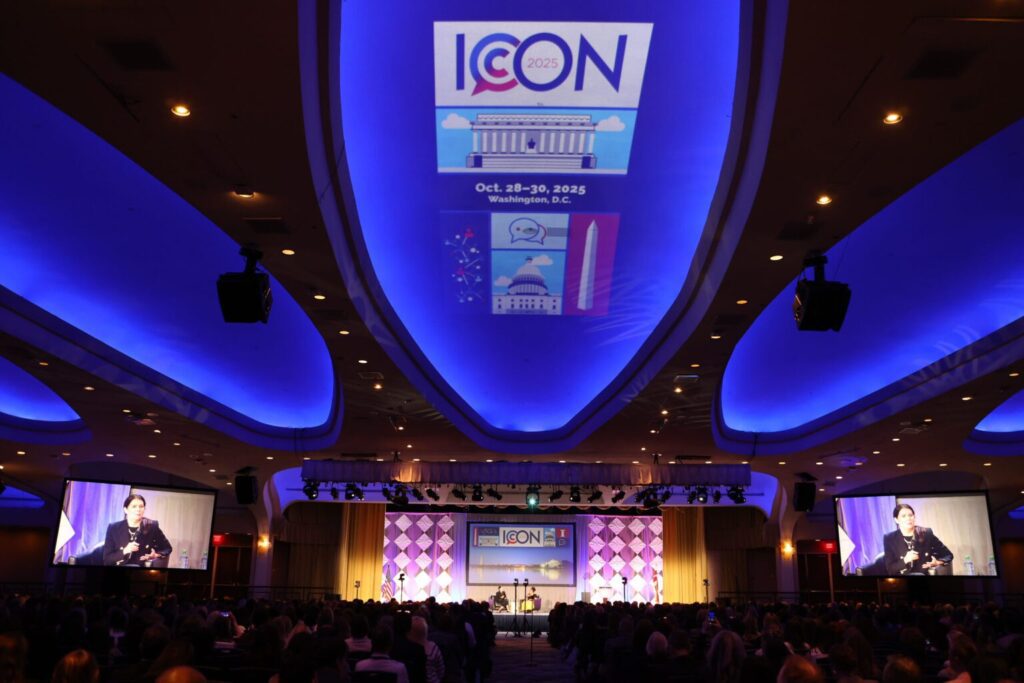How do you get your brand exposed to millions of television viewers without spending millions on advertising? For MassMutual and several others, its with sponsorship of one of professional tennis's main events, the U.S. Open.
According to research conducted by ROI evaluation service company Joyce Julius & Associates, tennis sponsors got a big bang for their bucks with stadium signage during this year's U.S. Open, as their logos appeared clear and in focus for a combined 147 hours, 57 minutes during the 14 consecutive days of coverage afforded the tournament by CBS and USA Network.
The media value alone for first-time sponsor Lexus, which had its logo placed on the net of each men's match, was estimated at about $70 million, based on estimated costs of 30-second ads on each network. Its logo was seen clearly for 31 hours, 19 minutes, 15 seconds during the event, held from Aug. 29 to Sept. 11.
MassMutual contracted Joyce Julius to evaluate its ROI on its signage time; those results have not yet been released. But Sue Tougas, MassMutual's assistant vice president of corporate communications, says its results should be similar to those estimated for Lexus, based on the "significant brand exposure" from its signage location. When cameras were shooting live game action from the baselines, the MassMutual logo appeared at the upper left corner of the television screen.
Tougas says two things are key to successful results from stadium signage. The first is location – in its first 10 years as a U.S. Open sponsor, its signage was behind the player benches, giving it the least amount of TV time. Tougas says MassMutual requested the spot Prudential owned when it was a sponsor, and now has "the marquis spot" in Arthur Ashe Stadium.
The decision to take Prudential's spot was a no-brainer: Tougas says the research involved was simply watching the U.S. Open on television and seeing how many times a spot had visibility.
The second key is cleanliness of the signage, and Tougas said the United States Tennis Association, which runs the event, does it best. The sponsors' one-color logos are placed along the stadium walls without a brand message or call to action, eliminating a cluttered effect for the sponsors.
"Center court there is one of the cleanest-looking signage areas in the world. In the scope of things, I think they've done a good job of keeping it clean," Tougas says. "When the player is serving the ball, our logo is clearly visible, so we get a lot of air time."
But since the logos do not contain a call to action, Tougas says MassMutual cannot rely solely on the signage to entice viewers to start a financial portfolio with the company. MassMutual supported the signage with several 30-second spots on both networks and a 60-second spot on USA to support its partnership with USTA's education foundation.
MassMutual is not just about tennis, or the United States for that matter. Last June, its U.S.- and Japan-based life insurance arms became sponsors of the New York Mets and Japanese import player Kaz Matsui. (See related story.)
Though the shortstop has not had the same success as other Japanese players in the U.S., Matsui remains a popular figure in Japan, and is featured in MassMutual Japan's print ad campaign in Japan as well as in its marketing materials and annual report.
Though the deal aims to build business in Japan, a sign at Shea Stadium featuring Matsui, the corporate logo and a message in both English and Japanese characters is in rotation on the left center field wall, behind where Matsui usually plays and in a prime spot for the television cameras.




